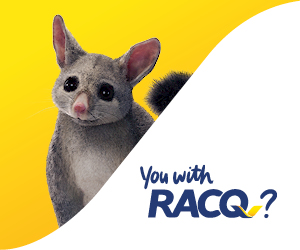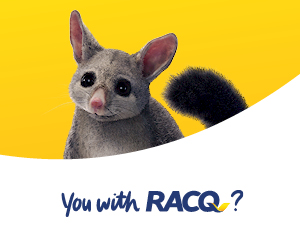Sea turtles have swum our oceans for the past 100 million years, having existed alongside dinosaurs.
However, today, all six species found in Australia are endangered or close to, due mainly to human impacts.
Plastic pollution, boat strikes, habitat loss and entanglements by fishing equipment and crab pots contribute to their vulnerability.
In mid-February this year, a crowd gathered at Mooloolaba to celebrate and wave goodbye to Willy, a green sea turtle found on a Sunshine Coast beach in critical condition last September.
Willy had ‘floating syndrome’ caused by eating human rubbish, particularly plastics.
Before his successful release, he was nursed back to health at SEA LIFE Sunshine Coast.
SEA LIFE Sunshine Coast Veterinary Nurse Cathleen Diamond said Willy's return to the ocean represented a triumph of collaboration and compassion in marine conservation.
“From the swift action of Coolum Coast Care to the meticulous care provided by SEA LIFE Sunshine Coast's Turtle Rehabilitation Centre and the diagnostic expertise of Australia Zoo Wildlife Hospital, Willy's journey highlights the power of collective efforts in safeguarding vulnerable species like the green sea turtle," Cathleen said.
Stories like Willy’s are far too familiar with SEA LIFE Sunshine Coast's Turtle Rehabilitation Centre caring for 41 adult turtles and 129 hatchlings in 2023.
What you can do
Queenslanders can help protect turtles and other sea life with a commitment to conservation.
Simple steps we can take include:
- Put rubbish in the bin;
- Avoid single-use plastics;
- Be aware when fishing and crabbing
- If you see a turtle in distress, sick or injured, please contact the Queensland Parks and Wildlife Service (QPWS) on 1300 130 372.
Visitors to the SEA LIFE Sunshine Coast aquarium can take a behind-the-scenes tour of the rehabilitation centre to see how sick and injured turtles are nursed back to health.




